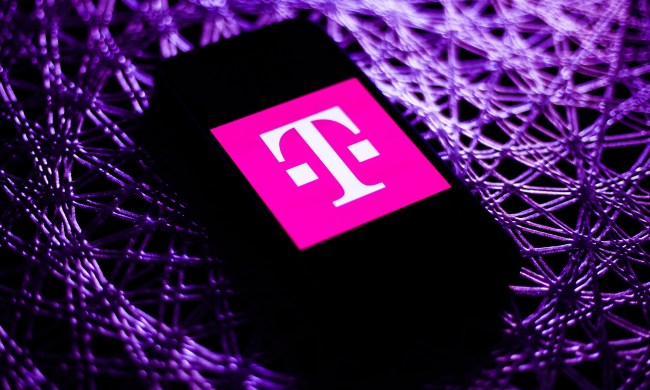T-Mobile has formally launched the T-Mobile G1, the first mobile phone available to consumers based on Google’s Android platform. Android is designed to be an open source mobile platform that encourages third-party application development, and as the first phone out of the gate the G1 doesn’t sport a plethora of applications. But the handset does tap into Google Maps Street View, Gmail, YouTube, and other services—and an Android Market promises future apps for sale.
"During the past month, we’ve seen unbridled excitement for the T-Mobile G1 and the positive impact it will have on the mobile lives of our customers," said T-Mobile USA’s chief marketing officer Denny Marie Post. "In fact, among those T-Mobile customers who have pre-ordered the phone, roughly half have traded up from a basic handset, illustrating the leap many consumers are taking to a rich, accessible mobile Web experience."
Made for T-Mobile by HTC, the G1 offers a touchscreen, 3G connectivity, a 3.2 megapixel camera, and an integrated music player along with 1 GB of microSD storage (expandable to 8 GB), a QWERTY keyboard for messaging, "real" Web browsing, support for Google applications like Google Calendar, Google Talk, YouTube, Gmail, and others, and integrated Wi-Fi wireless networking for surfing the Web from hotspots while you’re out and about. The G1 also features one-click access to Google Search, and an integrated accelerometer so the phone can switch between portrait and landscape screen orientations just by tipping. The phone operates on T-Mobile’s 3G network—which isn’t available in all areas—but also works on the operator’s 2G and EDGE networks.
So far, reviews on the Android are mixed: some are hailing it—and Android—as an iPhone-killer, freeing mobile users from the tyranny of having to deal with a single provider for hardware and applications (e.g., Apple). But, when compared to the iPhone, many reviewers find the G1 coming up short: no multitouch capability on the screen, and applications that don’t take advantage of the G1’s features: for instance, reviewers haven’t found any apps that are actually aware of the G1’s capability to switch between portrait and landscape modes.
The G1 costs $180 with a new two-year service contract; without a contract, the G1 is priced at $400. T-Mobile plans to offer the G1 in Europe later this year.
Time will tell whether the Android platform will give Apple’s closed iPhone ecosystem—and competing mobile operating systems like BlackBerry, Windows Mobile, Symbian, LiMo, and even Palm OS—a run for their money. But, coinciding with the G1 launch, the Open Handset Alliance released the source code for Android…now, it’s up to developers.
Read Digital Trends T-Mobile G1 review.

